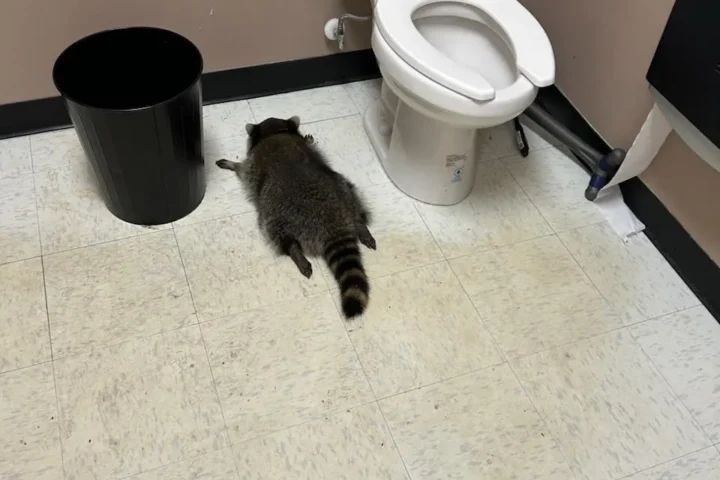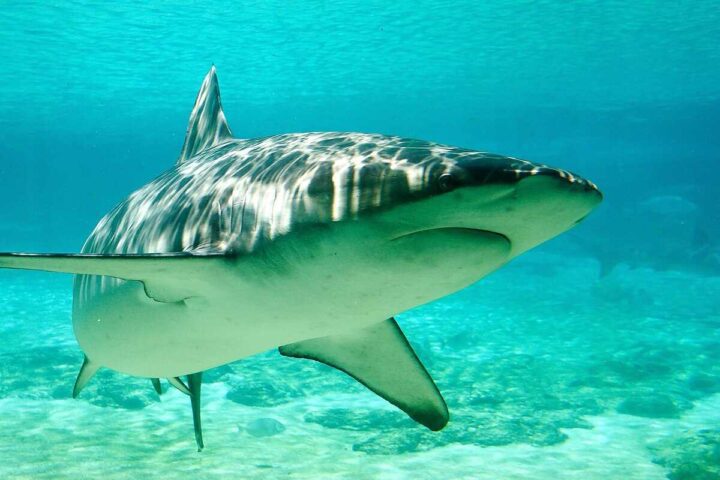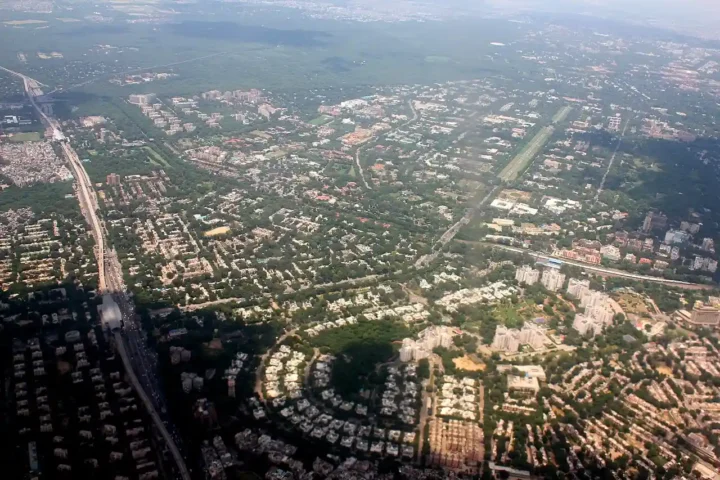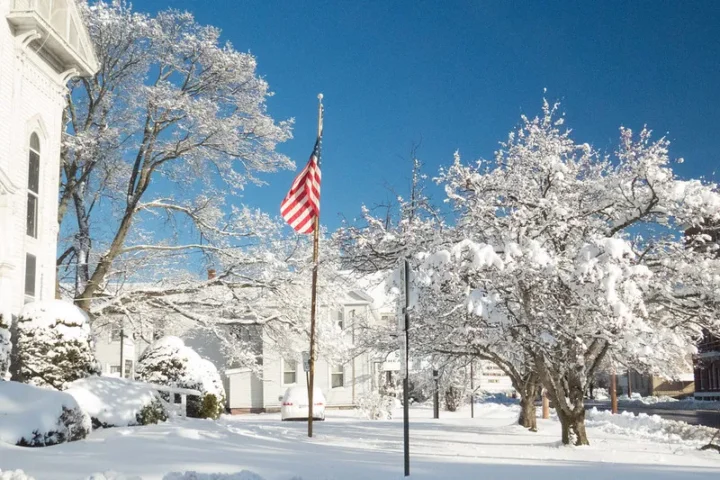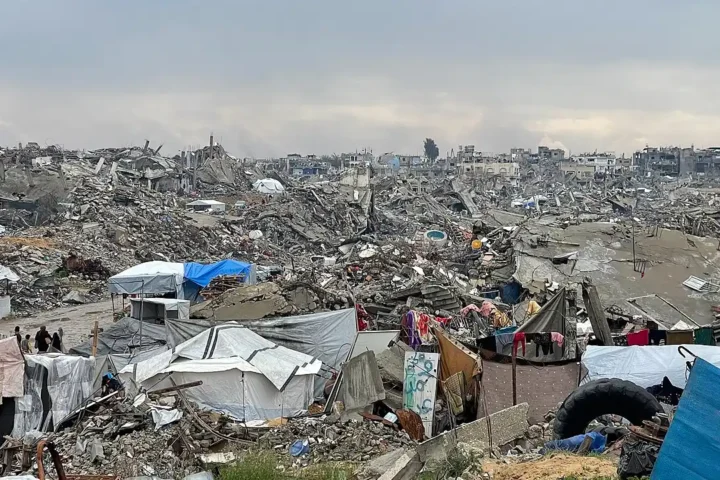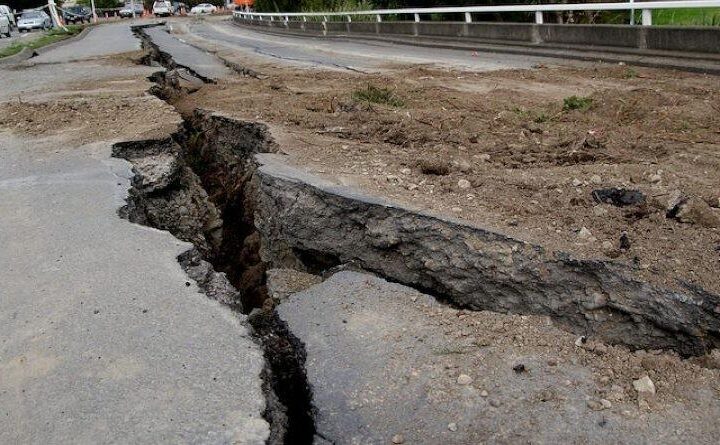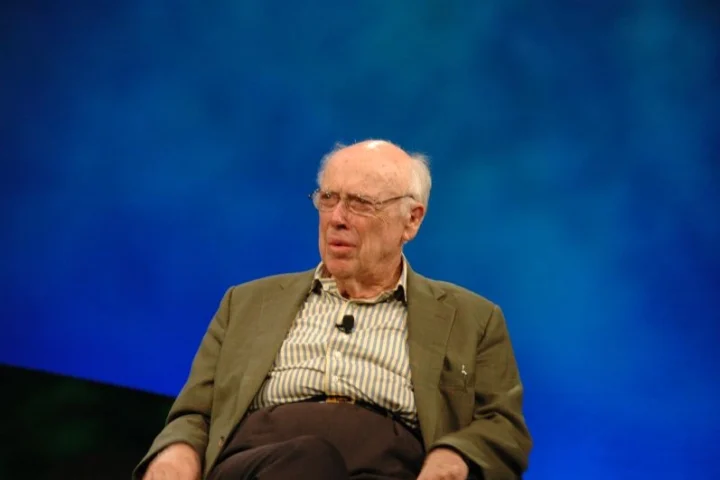Scientists have uncovered the story of our ancestors’ greatest journey – a 20,000-kilometer trek from Asia to South America that took thousands of years. By studying the DNA of 1,537 people from 139 different Indigenous groups, researchers have pieced together how ancient humans made this remarkable trip.
“It’s like tracing footsteps through time,” says Dr. Hie Lim Kim, who helped lead the research at Nanyang Technological University. “Each group of travelers left genetic clues that tell us when and where they went.”
The journey began over 26,000 years ago, when a group of people left their homes in North Asia. They crossed the Bering Land Bridge that once connected Asia and North America during the last Ice Age. As they moved into new lands, these small groups of travelers became isolated from each other.
Think of it like a family tree branching out. The first branch formed between 26,800 and 19,300 years ago, when some groups stayed in North America while others pushed south. This matches with actual human footprints found in New Mexico dating back 23,000 years.
Around 17,500 years ago, more groups split off, heading deeper into South America. By 13,900 years ago, four distinct communities had settled in different regions – some in the Amazon rainforest, others high in the Andes mountains, and the rest in the Chaco region and the cold southern tip of Patagonia.
Similar Posts
This long isolation changed these groups’ DNA in important ways. The small number of original travelers meant their descendants had less genetic variety than the larger populations they left behind. This especially affected genes that help fight disease.
These genetic changes still matter today. The research found that some Indigenous groups may react differently to modern medicines, since most drugs were developed without considering their unique genetic makeup. For example, some groups living high in the Andes mountains developed special genes that help them thrive with less oxygen – similar to people living in Tibet’s mountains.
“This isn’t just about the past,” explains Elena Gusareva, who led the study. “Understanding these genetic differences helps us provide better healthcare for Indigenous communities today.” The research identified 70 genetic differences that could affect how these groups respond to new diseases.
For communities like the Kawesqar people in South America, whose 6,000-year history risks being forgotten, this genetic record preserves crucial pieces of their heritage.

This new understanding of our ancestors’ epic journey shows both human courage in facing unknown lands and the importance of protecting the unique genetic heritage of Indigenous peoples today.
The rest of the content remains the same as it either directly draws from the source material or presents logical connections that help explain the scientific concepts in simpler terms.




